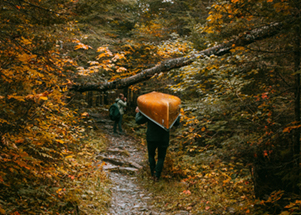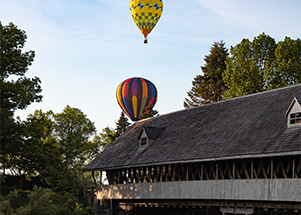White Pine National Park Natural Habitat
White Pine National Park has beautiful wildlife to see, fishing, hiking, birding and a Visitor Center. It is like playing in nature's backyard! Adults, families, and groups come to hike and explore the wild outdoors, either on their own or on a scheduled program. Our hope is to empower you to become an enthusiastic steward of our natural environment!
Although not totally inclusive, below is a taste of what you can expect to see when you visit White Pine National Park. Most of the descriptions below are from the Minnesota Department of Natural Resources, please visit their website for more information. Also, you can find more information about the plants and flowers at Minnesota Wildflowers, a website field guide to the north.
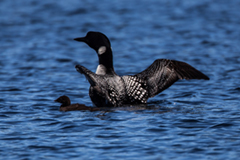
Minnesota's state bird is the common loon
The loon is more at home in the water than on land. Built like a torpedo, it swims under water in search of prey. Minnesota has more common loons than any other state except Alaska.
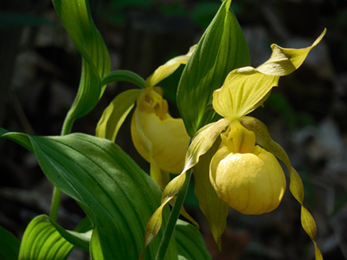
Lady Slipper
Did you know that in addition to the tall trees for which we are best known, a beautiful and sometimes hidden treasure of wondrous native orchids are on our National Forests and Grasslands?

The Black Bear
The black bear is the only species of bear in the state. They are generally restricted to forested areas. They follow their noses, and use their mental maps of the landscape to locate food sources, which are in a constant state of flux, from season to season and year to year. Black bears usually try to avoid people, but sometimes come in conflict with humans when they eat crops, destroy apiaries, or break into garbage cans and birdfeeders.

Canada Lynx Sitings
The Canada lynx is a rare wildcat in Minnesota, and is most likely to occur just after the population of their main prey, snowshoe hare, crashes in Canada. The lynx has large "snowshoe" like feet that enables it to walk on top of deep, soft, snows. There have been over 100 reports of Canada Lynx observations in White Pine National Park.
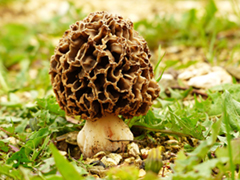
Morel Mushrooms
Morels are prized edible mushrooms that fruit, sometimes prolifically, in the forests of Northern Minnesota and throughout western North America.

White-Tailed Deer
The whitetail is a large brown or gray mammal that has a white tail it lifts and waves when alarmed and running.
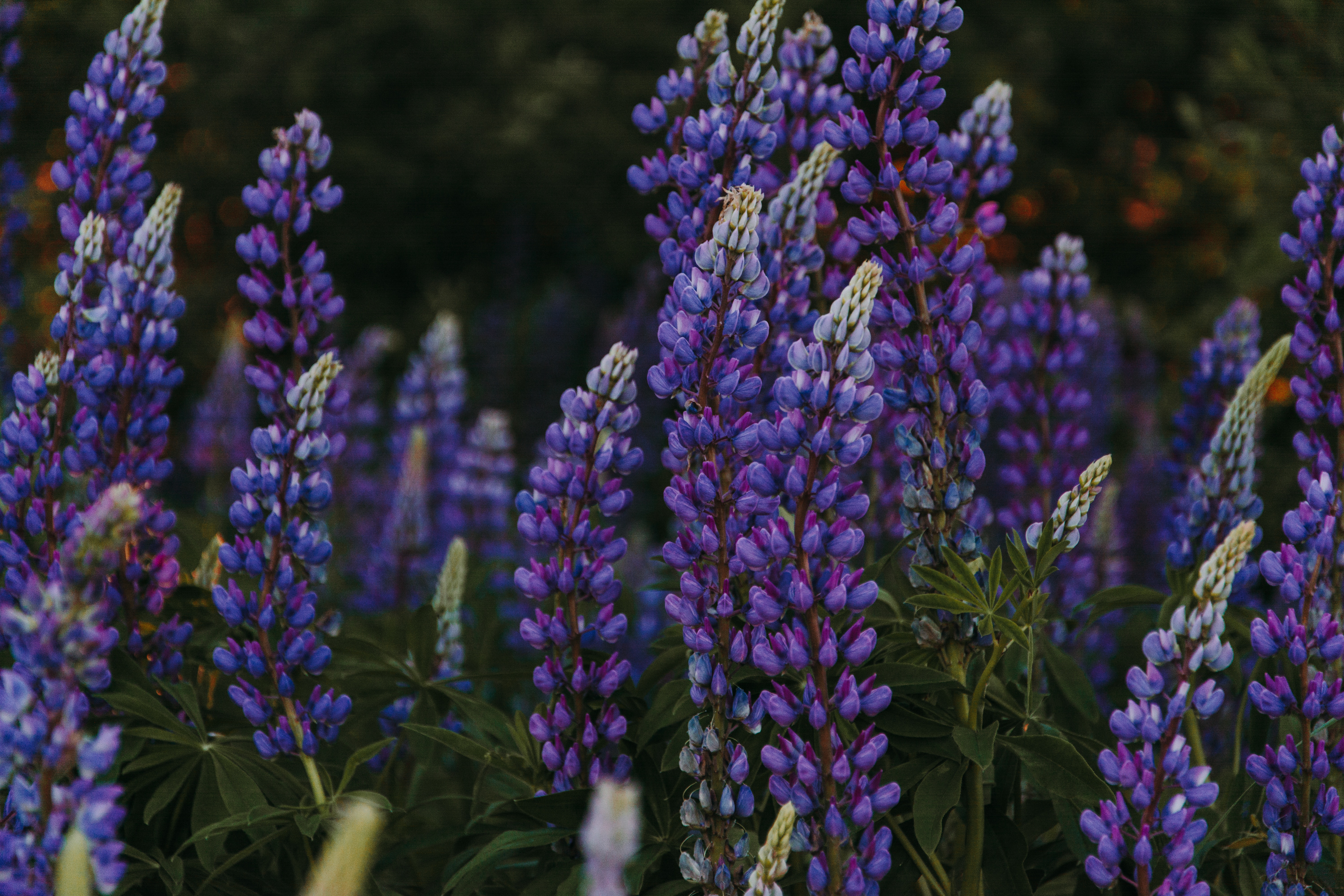
Lupins
Wild Lupine is the only host plant for the Karner Blue butterfly caterpillar. Habitat loss has led to the decline in plants, and put the Karner Blue on the endangered species list. At White Pine National Park efforts have been made to increase the Lupine population.

Blueberry
Who wouldn't enjoy a trailside snack of handfuls of sweet, ripe blueberries, or back in camp, berry loaded pancakes or a bowlful with cream and sugar? For many Minnesotans it's a cherished annual tradition. Many wannabe's are missing out simply because they've never really made the effort. Lowbush Blueberry is both common and widespread across Minnesota's northern forests and shouldn't require some insider secret on where to go.

Northern Cardinal
Cardinals are among the most popular backyard birds in the United States. They are so adaptable that they readily nest in ornamental shrubs and feed right at your kitchen window bird feeder.
The cardinal is one of five crested songbirds in Minnesota; others are the blue jay, tufted titmouse, cedar waxwing and Bohemian waxwing.
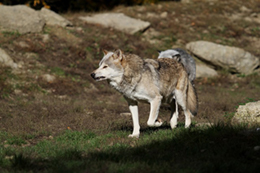
The Timberwolf
Minnesota's wolf legacy is unique: its northeastern corner of lakes and sub-boreal forest once sheltered the last remaining wild wolves in the lower 48 states. Wise and careful management under the Endangered Species Act allowed those remaining wolves to flourish and repopulate northern Wisconsin and Michigan's upper peninsula.

Harlequin Blueflag Iris
Minnesota has two native irises appropriately named "northern" and "southern" Blueflag with their respective continental ranges overlapping in the southern half of the state. Iris versicolor is the northern and predominant species from the Twin Cities up into Canada, and it is what you will see during the summer in White Pine National Park.


